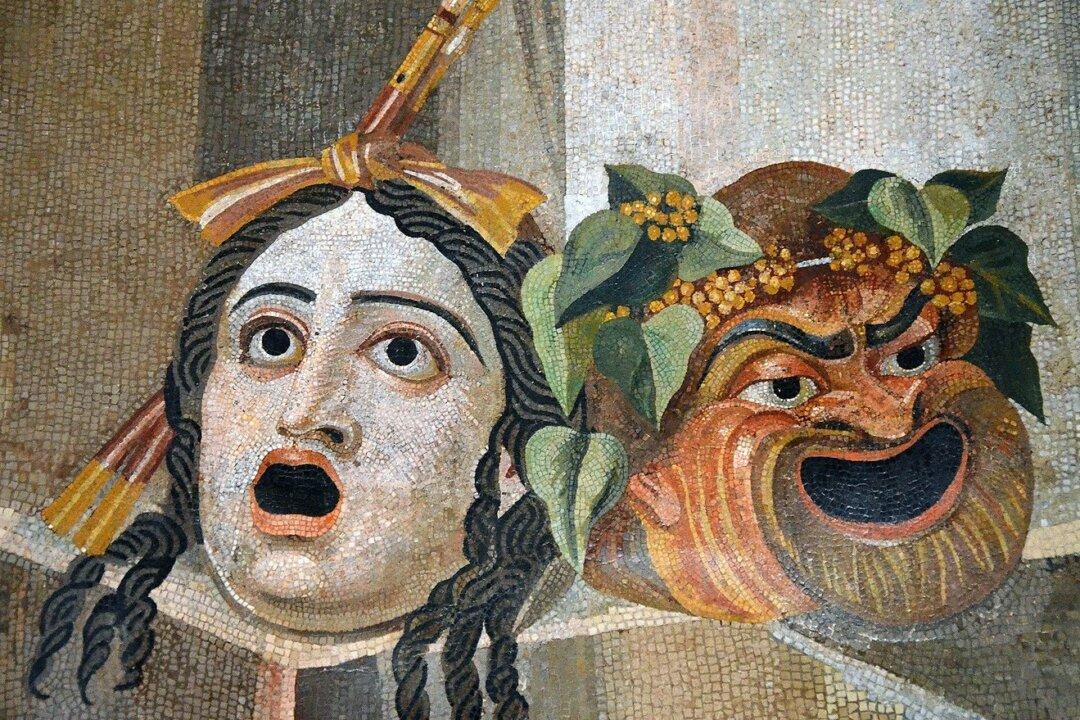Commentary
The news cycle is moving faster than ever before. So one can be forgiven for overlooking dramatic changes such as the following.

The news cycle is moving faster than ever before. So one can be forgiven for overlooking dramatic changes such as the following.